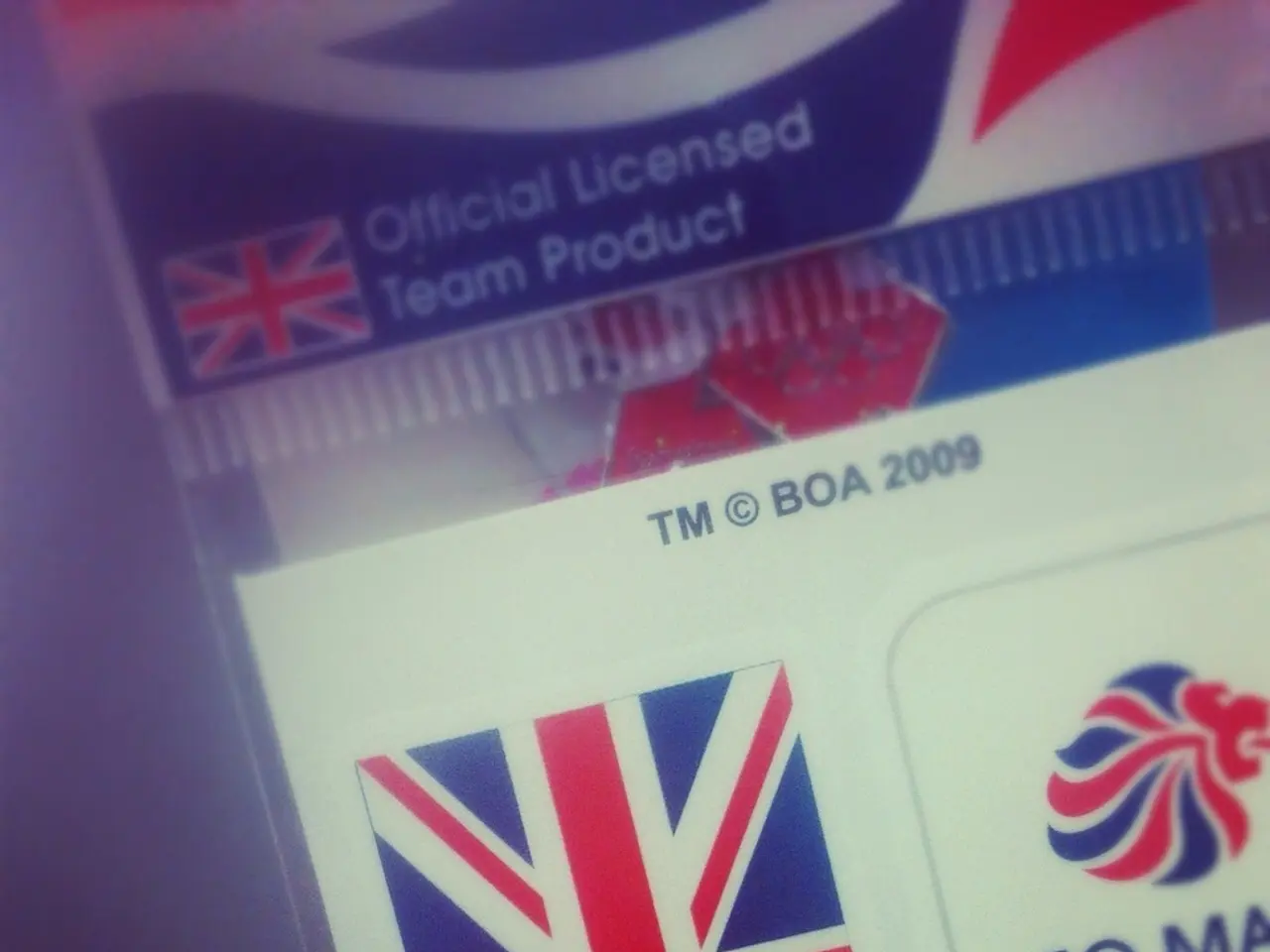Setting Up a Management Integration Office (IMO) for Acquisitions in the Life Sciences Sector
Post-merger integration in the life sciences industry is a complex task, given the numerous operational, developmental, and regulatory business elements involved. To successfully navigate this process, an Integration Management Office (IMO) is essential.
Key Responsibilities of the IMO
The IMO plays a pivotal role in managing and overseeing the entire integration process. Its key responsibilities include governance and oversight, holistic business understanding, hands-on execution support, synergy realization and monitoring, and post-merger stabilization.
Governance and oversight involve establishing a governance structure to manage and monitor the integration process, ensuring alignment with overarching business objectives. Holistic business understanding means maintaining comprehensive knowledge of both merging organizations to prioritize initiatives and manage workflows dynamically. Hands-on execution support requires actively supporting execution, resolving roadblocks, escalating issues as necessary, and adjusting plans to keep the integration on track.
Synergy realization and monitoring involve tracking defined synergies, key performance indicator (KPI) alignment, and key metrics, ensuring that expected value is captured post-merger. Post-merger stabilization continues IMO operations 2-3 months after Day 1 Go-Live to handle residual tasks such as process harmonization, automation, and KPI standardization, avoiding premature disbandment.
Principles for Arranging the IMO for Success
To ensure success, the IMO should operate under strong governance with clear roles, comprehensive tooling and methodologies, cross-functional collaboration, sustain presence beyond initial integration, and adaptability and hands-on involvement.
Strong governance with clear roles means defining decision rights, escalation paths, and accountabilities across functions to maintain momentum. Comprehensive tooling and methodologies involve using effective project management and communication tools tailored to life sciences complexity. Cross-functional collaboration requires integrating teams from R&D, regulatory, commercial, IT, and other life sciences-specific functions early to address domain-specific challenges.
Sustaining IMO oversight post-merger drives full value capture and operational stability rather than disbanding immediately after initial milestones. Adaptability and hands-on involvement mean the IMO leadership should be capable of rapid adjustment to emerging risks and opportunities within the complex regulatory and innovation-driven life sciences environment.
Best Practices
Best practices for the IMO include strategic planning, project management, bi-directional communication, and risk management. Strategic planning involves developing an integration strategy aligned with overall business goals, including synergy targets, operating model design, and change management plans customized for life sciences teams.
Project management involves implementing rigorous milestone tracking against an integration roadmap and using dedicated integration project managers experienced in life sciences to coordinate cross-functional workstreams. Bi-directional communication requires facilitating transparent communication channels both top-down and bottom-up to address concerns, update progress, and promote cultural integration.
Risk management involves early identification and continuous monitoring of risks particular to life sciences mergers, such as regulatory delays, clinical trial impacts, and cultural clashes. The IMO should proactively track risks, escalating critical issues with mitigation plans, supported by scenario analysis and risk assessments.
Life Sciences Industry Specific Considerations
In the life sciences industry, it is crucial to involve domain experts early to address regulatory compliance, clinical trials impact, and commercial pipeline continuity. Emphasizing data integration and AI/analytics adoption can accelerate innovation and streamline clinical development. Accounting for the specialized nature of product launches and patient-centric commercial models by aligning launch strategies and commercialization efforts in the integration plan is also essential.
In summary, a successful IMO in life sciences post-merger integration combines strong governance, hands-on execution, cross-functional expertise, and sustained oversight beyond Day 1. Strategic planning, meticulous project management, transparent two-way communication, and proactive risk management tailored to the life sciences context ensure that the newly combined entity unlocks value and stabilizes effectively after the merger.
- The IMO's governance and oversight role encompasses establishing a governance structure to manage and monitor the integration process, ensuring it aligns with overall business objectives.
- In the retail sector, covering consumer products and ERP systems, IMOs should consider implementing rigorous milestone tracking against an integration roadmap.
- To navigate post-merger integration in the life sciences industry, an Integration Management Office should advocate for cross-functional collaboration, integrating teams from various departments like R&D, regulatory, commercial, IT, and other life sciences-specific functions.
- Given the complex regulatory and innovation-driven nature of the life sciences industry, it's essential to prioritize early involvement of domain experts for addressing regulatory compliance, clinical trials impact, and commercial pipeline continuity.
- Adaptability and hands-on involvement mean the IMO leadership should be capable of rapid adjustment to emerging risks and opportunities within the industry, ensuring proactive identification and continuous monitoring of risks particular to life sciences mergers.
- In the life sciences industry, successful IMOs should focus on data integration and AI/analytics adoption to accelerate innovation and streamline clinical development processes.




